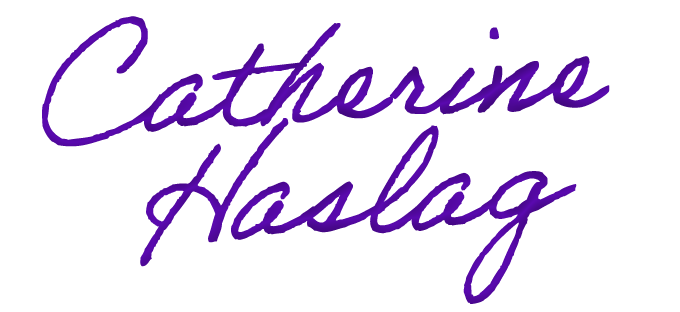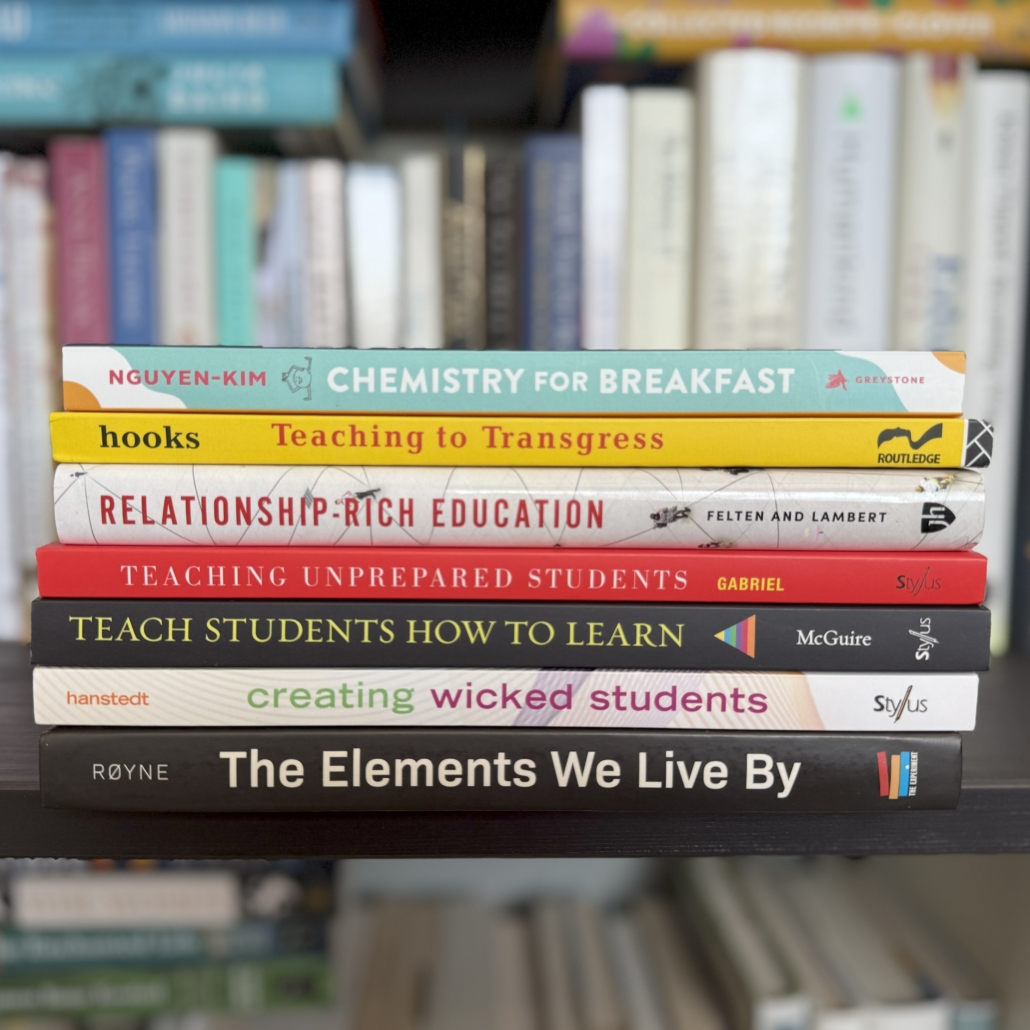What is a Sabbatical?
I am a member of the Minnesota State College Faculty (MSCF) union. In the MSCF contract, faculty are eligible for sabbatical every seven years. The contract outlines the purpose of a sabbatical, when faculty are eligible for a sabbatical, how to apply, and other pertinent information. This is outlined so everyone involved (faculty and administration) understands the process, their responsibilities, and the timeline for application and approval.
Sabbaticals provide college and university faculty time to travel, study, and develop new skills they then bring back to the classroom to improve the educational experience of their students. While faculty also conduct professional development throughout the year, a sabbatical is designed to provide targeted time for professional development away from the responsibilities of a normal teaching load (30 credits/academic year in my case).
The purpose of sabbatical leaves is to give faculty members the opportunity to secure additional education, training, or experience which will make them better prepared for carrying out their college assignments, and will support the professional development of the faculty, the development needs of academic departments or areas, and the planned instructional priorities of the college/system mission. – MSCF 2023-25 Contract, Article 17, Section 4.
The idea of a time of rest isn’t new. Many religions allow for the seventh day of the week as a time of rest (the sabbath). The Torah mandates the Shmita in agriculture. This is a year when the field can’t be cultivated and is allowed to lie fallow (discussed in Leviticus chapter 25). This time of rest allows the field to become fertile and begin anew the next year.
Academic sabbaticals enable educators to rest, recharge, and focus on their own learning. What is sown during a sabbatical is reaped in the following years by students and institutions. I believe that to be an effective teacher, educators must also be students, always learning and growing in their field of study and in the pursuit of providing a quality educational experience. Sabbaticals make space for teachers to be the student.
What is the process and timeline for a sabbatical?
The sabbatical application will vary by institution. I had to submit an application for sabbatical in November 2024. My sabbatical plan outlined my learning objectives, steps to meet these objectives, and a timeline for completion. My application was then reviewed by the college administration and approved by the president. I was informed in January 2025 that my application was approved for the Fall 2025 and Spring 2026 semesters. I won’t be teaching any classes during that time. The college will find another faculty member to cover my teaching load. Since I took a 1-year sabbatical, I do not earn my full salary for the year. I am paid a reduced percentage of my normal salary as outlined in the MSCF contract. I am required to submit a sabbatical report by the first day of the Fall 2026 semester documenting how I met my stated learning objectives. I must also continue to work for two consecutive semesters after returning from sabbatical, or I must return my salary for that time. This prevents faculty from using a sabbatical to find a new job and quit at the end of a sabbatical.
What am I doing on my sabbatical?
My sabbatical has two major learning objectives. Below are the objectives stated in my sabbatical plan (in italics), and an explanation for each objective.
Objective 1
Conduct research on resources and materials available for use in my classes and best practices for utilization. This includes Open Education Resources such as LibreTexts and open-access journals, H5P (provided through Minnstate), and resources available through the American Chemical Society and National Science Teacher Association (NSTA).
LibreTexts is a non-profit, open educational resource that allows educators to build personalized, high-quality textbooks for students. I created textbooks for my Introduction to Chemistry and General, Organic, and Biochemistry (GOB) classes several years ago, but I want to learn more about how I can leverage this resource to provide a better educational experience to my students. Students can access the textbook online (free), download it as a PDF (free), or order a hardcopy for between $40-$65, depending on their printing choice. While I have already created a working textbook for each of these classes, I have identified areas of improvement in each. My ultimate goal is to create textbooks for the Introduction to Chemistry and GOB classes that can be used by all Riverland instructors, better align and support lecture and lab content, and provide multimedia learning options for students.
I teach scientific literacy in all of my classes. This sabbatical will provide time to research and develop my database of resources for students to use in my class and beyond. I already direct students to use open-access scientific journals, such as PLOS. This sabbatical will allow me time to explore and research other resources and determine which are reliable and have application in my classes. I plan to build a database of resources for students and other educators to access and use.
The Minnesota State System provides a web-based, interactive program called H5P that allows educators to build interactive content and materials for their classes. I began exploring and learning about this resource in the fall of 2024; however, it’s hard to carve out time to learn how to use this program and develop new course materials while teaching classes. This sabbatical will provide focused time to learn this program and develop materials for use in my courses.
I regularly use materials provided by the ACS and NSTA in my classes. The ACS already provides information and webinars specifically designed to support 2-year college educators. I will look at these resources for additional support and ideas, especially to support my goals with regard to LibreTexts and H5P. I will attend the NSTA conference in Minneapolis this fall and present on Incorporating Ocean Acidification into the General Chemistry Curriculum, a topic I have been using for many years in my General Chemistry 2 course. I will also engage in professional development opportunities through the Network for Educational Development (NED) provided by the Minnesota State system.
Objective 2
Read books and articles applicable to teaching chemistry, supporting students, and chemistry application in the real world. A short list of some books I have already identified is provided below:
- Teaching Unprepared Students by Kathleen F. Gabriel
- Relationship Rich Education by Peter Felton and Leo M. Lamber
- Teaching to Transgress by Bell Hooks
- Chemistry for Breakfast by Dr. Mai Thi Nguyen-Kim
- Creating Wicked Students by Paul Hanstedt
- The Elements We Live by by Anja Royne, PhD
- Teach Students How to Learn by Saundra Yancy McGuire
This is over 1,400 pages of reading, plus time to reflect on how to apply the content to my classes and develop the materials/resources for use. Since I submitted my sabbatical plan, I also discovered:
- Teach With Your Strengths by Rosanne Liesveld, Jo Ann Miller, and Jennifer Robison
- What the Best College Teachers Do by Ken Bain
- Teaching to Empower by Debbie Zacarian and Michael Silverstone
- The Devil’s Element: Phosphorous and a World Out of Balance by Dan Egan
This is another 800 pages of content. While these last four books are not officially on my sabbatical plan, I will add them to my final report if I can read them by August 2026.
Why can’t you do this while you teach?
I am regularly learning as I teach; however, when class is in session, my priority is to my students. It’s hard to build in deep, focused periods of learning between teaching classes, meeting with students, grading papers, and various other meetings and responsibilities. This past spring, I completed a 4-week class on how to leverage AI to improve my teaching skills; however, the time I could commit to this class was limited by my teaching responsibilities. Sabbaticals provide focused learning time that supports a deep dive into a topic. Instead of being a teacher and a student, faculty get to only be a student, allowing them to develop skills and knowledge they can bring back to their students.
Sabbaticals benefit educators in many other ways. When I took my first sabbatical, I was tired. I was teaching 4 to 6 sections of chemistry each week, grading papers and answering questions for 96 to 144 students, and lecturing on the same topics semester after semester, often multiple times each week. I was tired of the material and the grind, which can lead to boredom and complacency in educators. Having a year where I didn’t teach density and significant figures 3-4 times in the same week, like a nerdy version of Groundhog Day, did wonders for my soul. I wrote new labs and found case studies to use to teach content, refreshing my approach to topics and quenching the boredom that comes with repetition. I had the opportunity to travel, which isn’t easily possible during the academic year. When my sabbatical ended, I felt refreshed and ready to be in the classroom again. When I returned to the classroom, I was reminded how much I enjoy working with students. My sabbatical gave me a new perspective on how to care for myself as an educator and how to best connect with and reach my students.
I recognize that most people don’t have the opportunity to take a sabbatical, so I am very grateful for this time. I consider this a time to invest in myself. I look forward to realizing the dividends from this investment.
I plan to document my sabbatical journey on this blog. I hope what I share here will demonstrate the power and value of academic sabbaticals. Please check back for updates over the next year.


